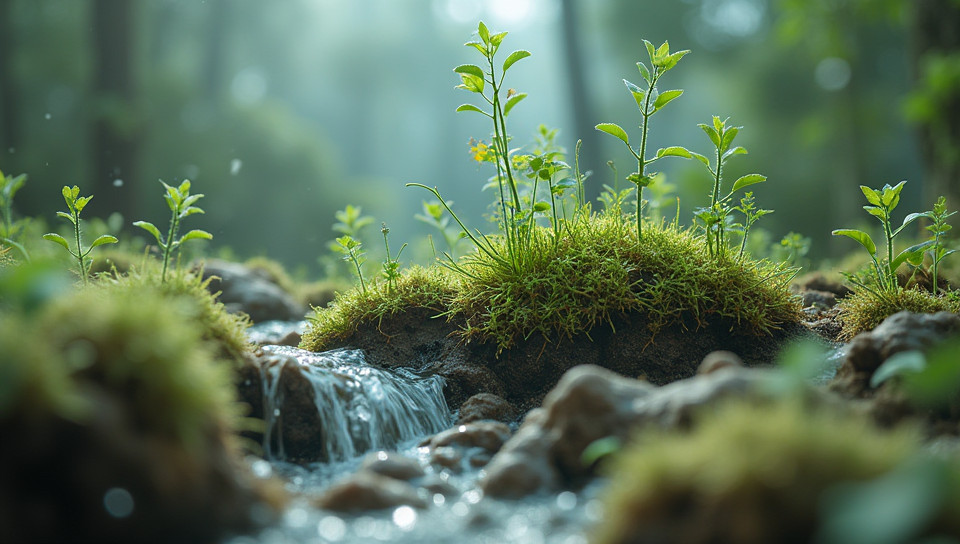Microorganisms produce biodegradable plastics 86%

Breaking Down Plastic Waste with Microorganisms
The production and disposal of plastic have become a pressing environmental issue worldwide. The staggering amount of plastic waste generated each year is taking a devastating toll on our oceans, wildlife, and ecosystems. In recent years, scientists have turned to nature for solutions, discovering that microorganisms can produce biodegradable plastics, offering a potential answer to this global problem.
What are Bioplastics?
Bioplastics are a type of plastic made from renewable biological sources such as corn starch, sugarcane, or potato starch. Unlike traditional plastics derived from fossil fuels, bioplastics are biodegradable and can easily decompose in the environment.
Microorganisms to the Rescue
Microorganisms have been found to produce biodegradable plastics through a process called fermentation. During this process, microorganisms feed on sugars and convert them into a range of products, including bioplastics. This method has several advantages over traditional plastic production methods:
- It uses renewable biomass as a raw material
- Produces fewer greenhouse gas emissions
- Reduces the amount of waste sent to landfills
The Science Behind Microorganism-Made Bioplastics
Researchers have identified various microorganisms capable of producing biodegradable plastics. For example, bacteria like Pseudomonas putida and yeast strains such as Yarrowia lipolytica are known to produce polyhydroxyalkanoates (PHA), a type of bioplastic.
Challenges and Future Directions
While the potential of microorganism-made bioplastics is promising, there are several challenges that need to be addressed. These include:
- Scaling up production to meet commercial demands
- Reducing production costs to make bioplastics more competitive with traditional plastics
- Ensuring consistent quality and properties of the bioplastics produced
Conclusion
The discovery of microorganisms capable of producing biodegradable plastics is a significant step towards reducing plastic waste and mitigating its environmental impact. As research continues to advance, we can expect to see the widespread adoption of these innovative materials in packaging, textiles, and other industries. By harnessing the power of nature, we can create a more sustainable future for our planet.
- Created by: Alessandro Barone
- Created at: Dec. 21, 2024, 3:38 p.m.
- ID: 16980








